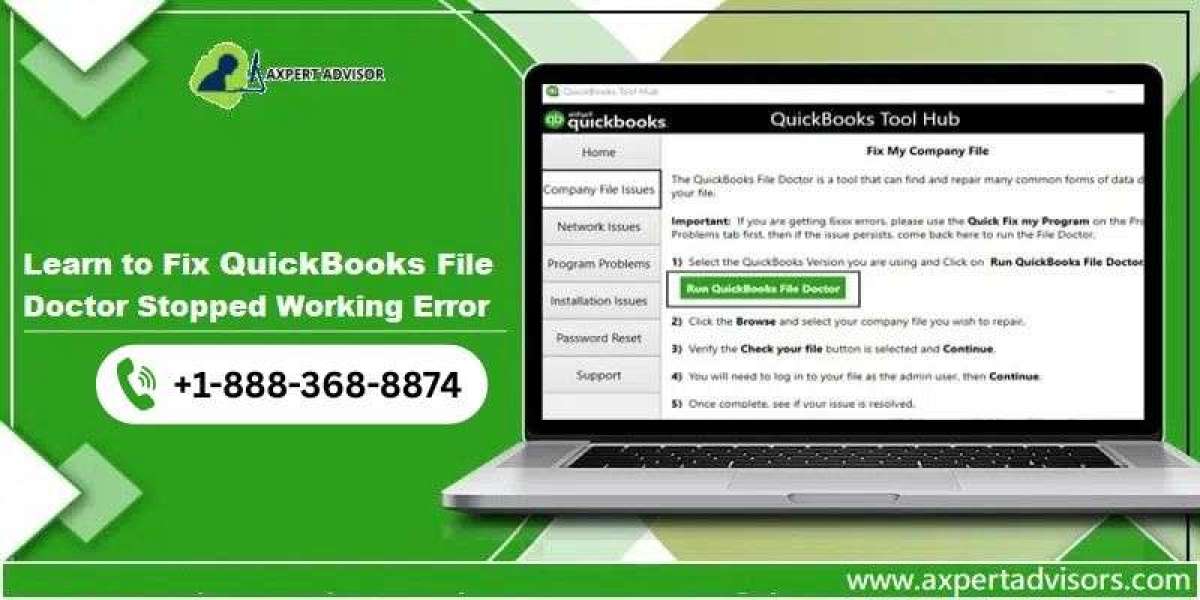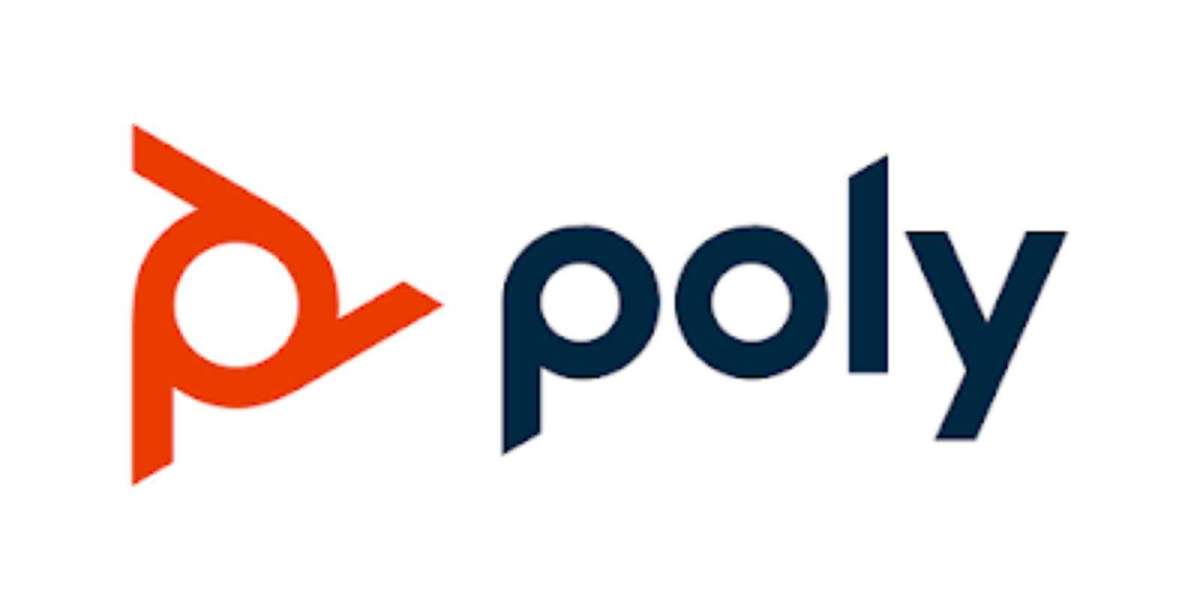Continual improvement is not just a recommendation but a fundamental expectation in the world of conformity assessment. For certification bodies, complying with ISO/IEC 17021 is not merely about obtaining accreditation but about building and maintaining a robust, transparent, and consistently improving system. One of the most powerful tools to support this goal lies in the effective use of ISO 17021 documents.
These documents are more than administrative requirements — they are strategic assets that can be leveraged to enhance operational performance, customer satisfaction, auditor competence, and certification integrity. This article explores how ISO 17021 documentation can be utilized to foster continual improvement across all levels of a certification body.
Understanding Continual Improvement in ISO 17021 Context
ISO/IEC 17021 sets out the criteria for bodies providing audit and certification of management systems. One of its core principles is the need for a documented management system that supports continual improvement. This is not confined to client performance but applies internally to the certification body’s own processes.
Continual improvement, in this context, refers to the ongoing effort to enhance services, strengthen systems, optimize procedures, and eliminate inefficiencies based on measured performance and objective data.
The Strategic Role of Documentation
ISO 17021 documentation includes policies, procedures, work instructions, manuals, records, audit reports, and review findings. These documents serve multiple purposes:
- Establish consistent processes and expectations
- Provide evidence of compliance and competence
- Identify and record deviations, nonconformities, and opportunities
- Facilitate reviews and root cause analysis
- Drive decision-making through data and trends
When managed properly, these documents become the very foundation upon which improvement is built.
Key Documents That Influence Improvement
Several specific documents within the ISO 17021 framework have a direct impact on driving improvement:
- Internal Audit Reports
Internal audits are one of the most critical tools for self-evaluation. The findings documented in audit reports help identify gaps in processes, procedures, and compliance. Patterns observed in these reports can lead to targeted improvement actions.
- Corrective and Preventive Action Records
Documenting nonconformities and their root causes enables certification bodies to resolve current issues and prevent recurrence. Preventive actions, when tracked effectively, help identify and mitigate risks before they result in problems.
- Management Review Minutes
Management reviews offer a documented opportunity to assess performance metrics, client feedback, audit results, and the effectiveness of previous improvements. These reviews should not be viewed as a formality but as a strategic checkpoint to realign goals and initiatives.
- Client Feedback Records
Feedback documents provide invaluable insight into client satisfaction and expectations. Trends identified in complaints, suggestions, or surveys can inform targeted enhancements in service delivery.
- Impartiality and Risk Assessment Records
ISO 17021 places emphasis on impartiality and risk management. Documents related to impartiality committee decisions, conflict of interest checks, and risk assessments can help improve transparency and accountability.
Steps to Use Documentation for Improvement
To effectively harness ISO 17021 documents for continual improvement, a certification body can follow these key steps:
Step 1: Standardize and Control Documentation
Ensure that all documents are controlled versions, regularly updated, and accessible to relevant personnel. Uncontrolled or outdated documentation can lead to errors and inefficiencies.
Step 2: Establish Clear Review Cycles
All key documents should have review cycles that align with the organization’s strategic goals. Regular reviews ensure that processes are current and effective.
Step 3: Analyse Trends and Data
Use records, reports, and performance data to identify trends over time. Whether it’s audit findings, client complaints, or operational delays, this data becomes a compass for improvement initiatives.
Step 4: Link Documentation to Performance Objectives
Tie the improvement objectives directly to evidence found in documented processes. For example, if audit reports show delays in audit completion, define measurable improvement actions tied to auditor scheduling or training.
Step 5: Document the Improvement Process
Any improvement activity should be documented from planning through implementation and monitoring. This ensures traceability and allows for future evaluation of success or failure.
Conclusion
ISO 17021 documents, when treated as living components of a dynamic system, can significantly contribute to the ongoing development and success of a certification body. Rather than being seen as a burden, they should be viewed as instruments for insight, evaluation, and transformation.
By using these documents to uncover inefficiencies, assess risks, evaluate performance, and implement meaningful change, certification bodies can build credibility, enhance customer satisfaction, and continuously improve their own management systems.



